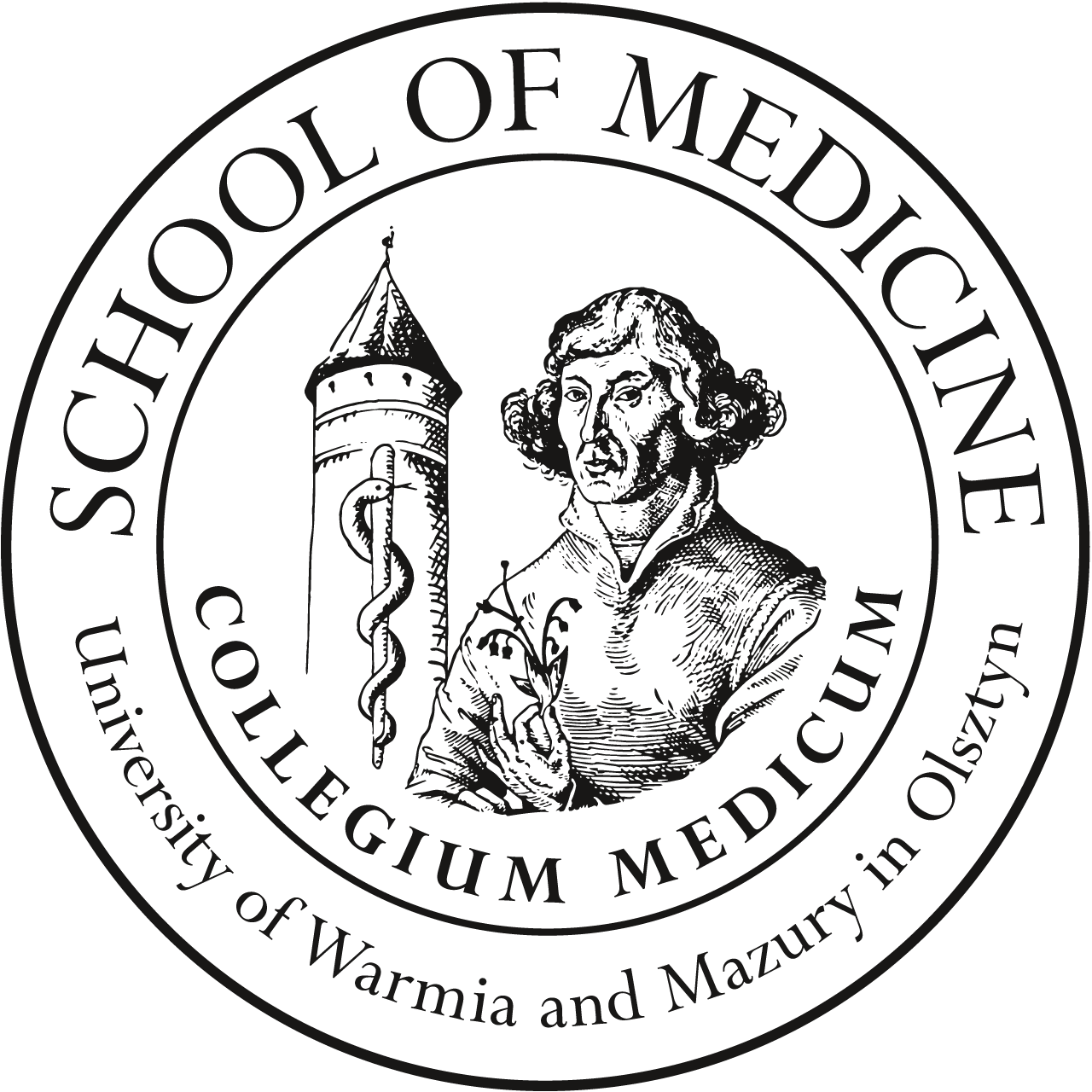OTHER
The Chair and Clinic of Dermatology, Sexually Transmitted Diseases and Clinical Immunology was established on October 21, 2011 at the Faculty of Medical Sciences of the University of Warmia and Mazury in Olsztyn with the Rector's Office of UWM based on the UWM Senate Resolution No. 72 of 21/10/2011. The head of the Department and Clinic is Prof. dr hab. n. med. Waldemar Placek. The official opening of the Clinic and Department of Dermatology, Sexually Transmitted Diseases and Clinical Immunology took place on November 6, 2012. Employees of the Chair and Clinic of Dermatology, Sexually Transmitted Diseases and Clinical Immunology conduct classes in dermatology and venereology with students of the Faculty of Medical Sciences of the University of Warmia - Mazurski in the field of Medicine (4th and 5th year) and Nursing, while from the academic year 2013/2014 classes in the Medical Faculty will be conducted in English IV year. The Cathedral is located in the newly renovated building of the Municipal Hospital Complex at al. Wojska Polskiego 30 in Olsztyn. It has qualified staff and a rich background of didactic materials as well as modernly equipped rooms adapted to conduct practical classes. In the Clinic, apart from the department, there is the Consultative Dermatological Clinic, the Cabinet of Dermatosurgery, the Laboratory of Immunodermatology, and the laboratories of Photodermatological Diagnostics and Phototherapy, Dermatoscopy, and Allergology. On the basis of cooperation with the Department of Pathology, a Laboratory of Dermatopathology will be created. Thanks to constant, close cooperation with other best national and foreign dermatological centers, the Clinic introduces the latest diagnostic and therapeutic methods, in accordance with the latest current knowledge. The assessment of medical services is at a high level in accordance with the applicable standards, as evidenced by ISO certificates and the evaluation of the Accreditation Commission. Our employees take active part in conferences and trainings, raising their qualifications and conducting research. The unit is accredited by the Ministry of Health for specialization in dermatology and venereology, currently training six residents.
Clinic's tasks
diagnosis and treatment of skin diseases and sexually transmitted diseases
allergological diagnostics of diseases caused by contact allergy and diseases caused by humoral allergy, with particular reference to airborne allergy and food allergy, including testing with native allergens
diagnosis of drug allergy,
photodermatoz diagnosis,
mycological diagnosis,
diagnosis of skin infections caused by demodex and caused by mites,
histopathological assessment of skin biopsies
dermatoscopic assessment of skin lesions
serological diagnosis of syphilis.
Phototherapy: PUVA - therapy and UVB 311,
Dermatosurgery procedures:cryotherapeutic and electrocoagulation and surgical removal of benign lesions
hypertrophic skin or precancerous conditions, and skin cancers.
Laboratory of Immunodermatology
immunofluorescence study of skin sections
determination of antibody levels against smooth muscle endomysium in the IgA class
determination of the level of antibodies against smooth muscle endomysium in the IgG class
Quantitative assessment of the occurrence of antinuclear antibodies (ANA / HEP-2)
demonstration of the presence of antibodies characteristic of Pemphigus foliaceus, Pemphigus seborrhoicus, Lupus erythematosus
demonstration of the presence of antibodies characteristic of Pemphigoid Bullosus, Pemphigus Vulgaris
Scientific activity
Improvement and optimization of diagnosis and treatment of skin cancers,
Prevention and early diagnosis of cutaneous melanoma, and its effect on treatment outcomes and mortality
searching for new diagnostic methods and optimization of skin lymphoma treatment methods,
studies on etiopathogenesis and the search for more effective treatments for vitiligo,
studies on various aspects of psoriasis etiopathogenesis, particularly in the field of genetics, immunological and metabolic disorders,
new trends in the treatment of psoriasis,
photodermatology and phototherapy,
studies on etiopathogenesis and optimization of treatment of atopic dermatitis,
diagnostics and searching for treatment methods for casuistic patients.




